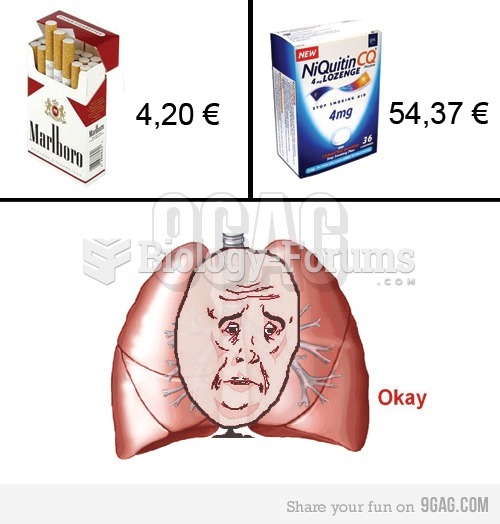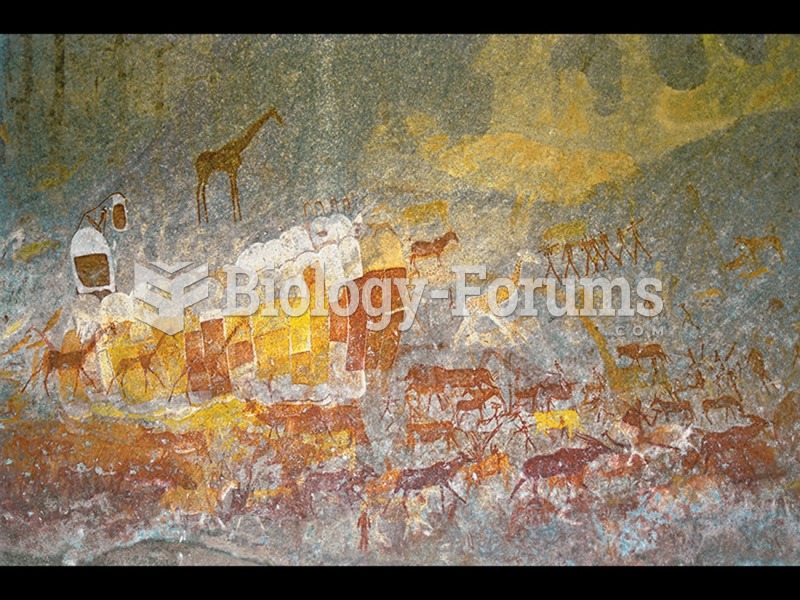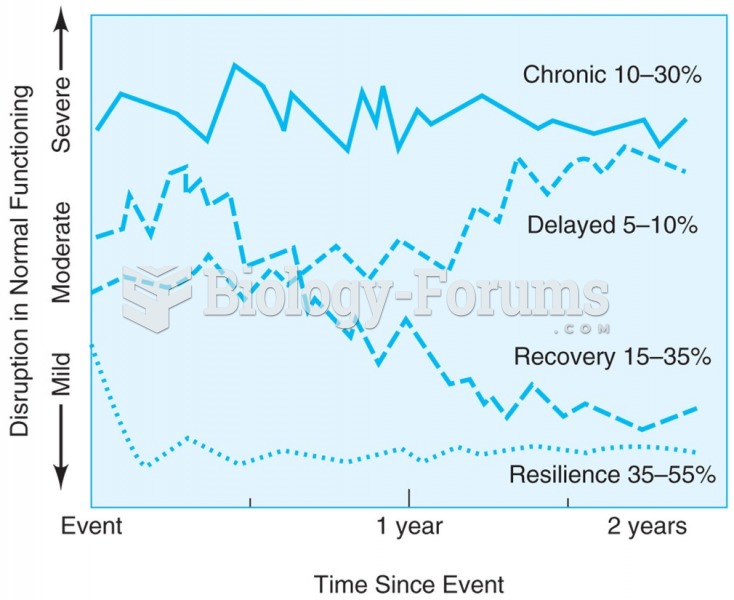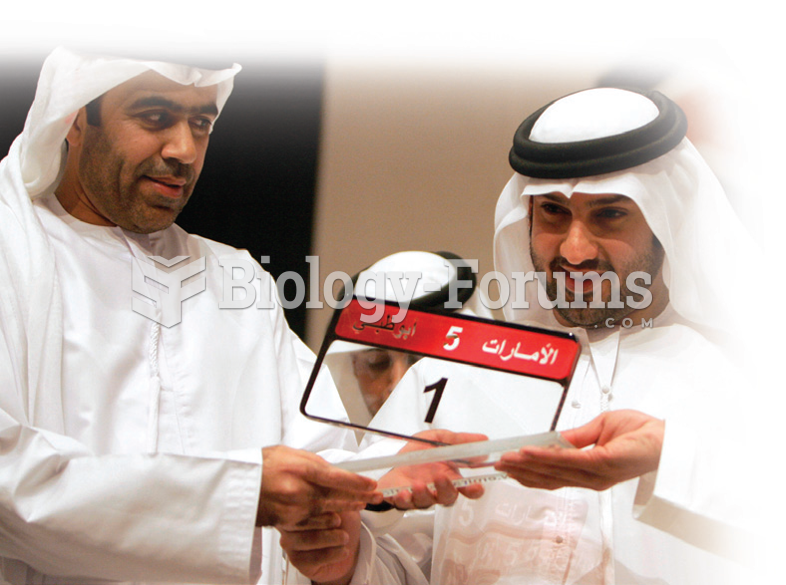Answer to Question 1
First, challenging goals get people's attention and thus tend to help them focus. Second, difficult goals energize workers because they have to work harder to attain them. Third, when goals are difficult, people persist in trying to attain them. Finally, difficult goals lead employees to discover strategies that help them perform their jobs or tasks more effectively. If they have to struggle to solve a difficult problem, people often think of a better way to go about it.
Answer to Question 2
The three-component model of creativity proposes that individual creativity essentially requires expertise, creative-thinking skills, and intrinsic task motivation.
a) Expertise is the foundation for all creative work. The potential for creativity is enhanced when individuals have abilities, knowledge, proficiencies, and similar expertise in their field of endeavor.
b) The second component is creative-thinking skills. This encompasses personality characteristics associated with creativity, the ability to use analogies, as well as the talent to see the familiar in a different light.
c) The final component is intrinsic task motivation. This is the desire to work on something because it is interesting, involving, exciting, satisfying, or personally challenging. This motivational component is what turns creativity potential into actual creative ideas. It determines the extent to which individuals fully engage their expertise and creative skills.
A manager could hinder creativity by engaging in overconfidence bias. A creative person in an office where the manager is confident that his decisions are always correct would be less inclined to offer ideas. In addition, a manager that often engages in confirmation bias would only be looking for answers that support his ideas, and a creative person would be less inclined to participate or offer ideas.







